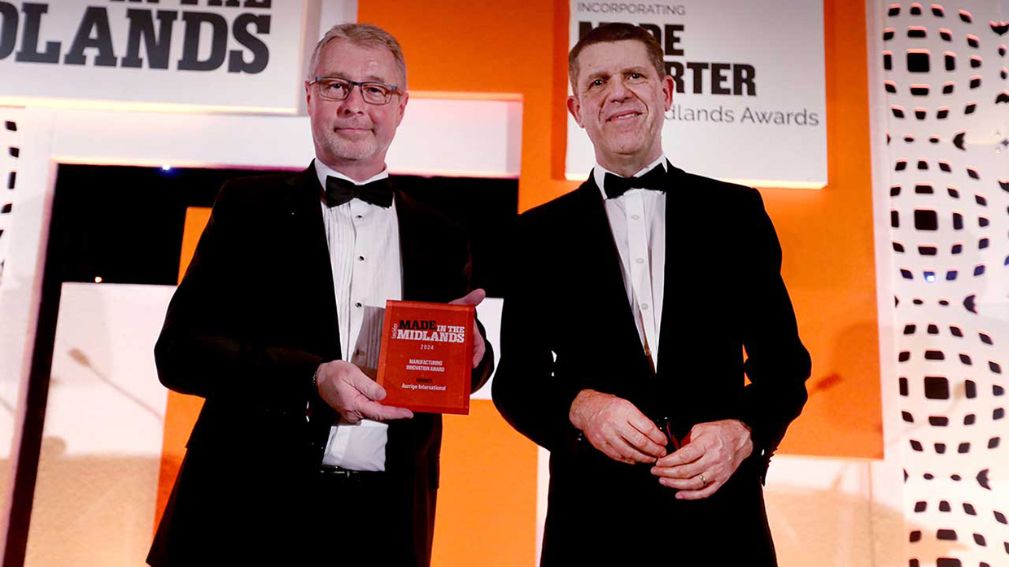Birmingham Airport (BHX)’s Scope 1 and 2 greenhouse gas emissions fell 25% in 2022/23 compared to the most recent pre-pandemic year of 2019/20, a report just published has revealed.
While the airport’s Greenhouse Gas Emissions Report for 2022/2023 showed an increase compared to 2021/22, where COVID-19 forced a 90% drop-off in activity at BHX, the reduction versus 2019/20 shows BHX is heading in the right direction.
Simon Richards, Chief Finance and Sustainability Officer at BHX, said: “This report shows encouraging progress toward our 2033 goal of becoming a net zero carbon airport. We continue to maintain focus, as we know that there’s still much work to do, with the final third of this journey set to be the toughest.” BHX achieved this reduction by introducing low-carbon alternatives into its operation, including replacing old lighting with LEDs and installing smart meters.
BHX has begun to develop a medium- to long-term EV (electrical vehicle) charging strategy, the report says. The airport is also developing plans to improve public transport access, involving the new HS2 railway in future, enabling greater numbers of customers to make low-carbon journeys to and from BHX.
BHX is also partnering with ZeroAvia, leaders in hydrogen-electric technology for powering aircraft. Areas of focus include, developing ground infrastructure for refuelling hydrogen-powered aircraft in future.












